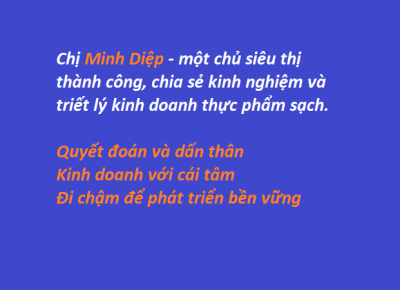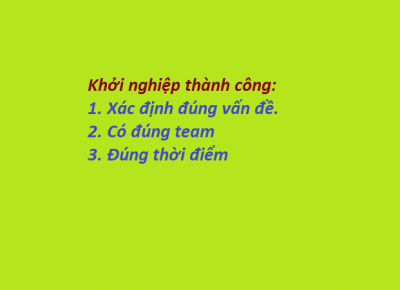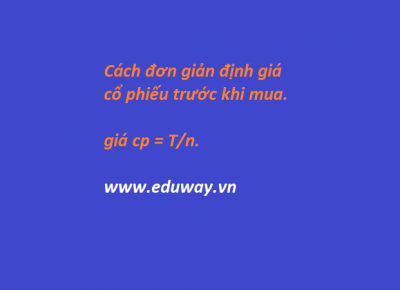One of the most delightful, witty, and beautifully written of all natural histories, The Voyage of the Beagle recounts the young Darwin's 1831 to 1836 trip to South America, the Galápagos Islands, Australia, and back again to England, a journey that transformed his understanding of biology and fed the development of his ideas about evolution. Fossils spring to life on the page as Darwin describes his adventures, which include encounters with "savages" in Tierra del Fuego, an accidental meal of a rare bird in Patagonia (which was then named in Darwin's honor), and wobbly attempts to ride Galápagos tortoises.
Yet Darwin's masterwork is, undeniably, The Origin of Species, in which he introduced his theory of evolution by natural selection. Prior to its publication, the prevailing view was that each species had existed in its current form since the moment of divine creation and that humans were a privileged form of life, above and apart from nature. Darwin's theory knocked us from that pedestal. Wary of a religious backlash, he kept his ideas secret for almost two decades while bolstering them with additional observations and experiments. The result is an avalanche of detail—there seems to be no species he did not contemplate—thankfully delivered in accessible, conversational prose. A century and a half later, Darwin's paean to evolution still begs to be heard: "There is grandeur in this view of life," he wrote, that "from so simple a beginning endless forms most beautiful and most wonderful have been, and are being, evolved."
"The most important science book of all time. Darwin revolutionized our understanding of life, the relationship of humanity to all creatures in the world, and the mythological foundation of all religions." —geneticist Lee M. Silver, Princeton University
3. Philosophiae Naturalis Principia Mathematica (Mathematical Principles of Natural Philosophy) by Isaac Newton (1687)
Dramatic is an unlikely word for a book that devotes half its pages to deconstructions of ellipses, parabolas, and tangents. Yet the cognitive power on display here can trigger chills.Principia marks the dawn of modern physics, beginning with the familiar three laws of motion ("To every action there is always opposed an equal reaction" is the third). Later Newton explains the eccentric paths of comets, notes the similarity between sound waves and ripples on a pond, and makes his famous case that gravity guides the orbit of the moon as surely as it defines the arc of a tossed pebble. The text is dry but accessible to anyone with a high school education—an opportunity to commune with perhaps the top genius in the history of science.
"You don't have to be a Newton junkie like me to really find it gripping. I mean how amazing is it that this guy was able to figure out that the same force that lets a bird poop on your head governs the motions of planets in the heavens? That is towering genius, no?" —psychiatrist Richard A. Friedman, Cornell University
4. Dialogue Concerning the Two Chief World Systems by Galileo Galilei (1632)
Pope Urban VIII sanctioned Galileo to write a neutral treatise on Copernicus's new, sun-centered view of the solar system. Galileo responded with this cheeky conversation between three characters: a supporter of Copernicus, an educated layman, and an old-fashioned follower of Aristotle. This last one—a dull thinker named Simplicio—represented the church position, and Galileo was soon standing before the Inquisition. Galileo comes across as a masterful raconteur; his discussions of recent astronomical findings in particular evoke an electrifying sense of discovery. The last section, in which he erroneously argues that ocean tides prove Earth is in motion, is fascinatingly shoddy by comparison. Galileo, trying to deliver a fatal blow to the church's Aristotelian thinking, got tripped up by his own faith in an idea he was sure was true but couldn't prove.
"It's not only one of the most influential books in the history of the world but a wonderful read. Clear, entertaining, moving, and often hilarious, it showed early on how science writing needn't be stuffy." —cognitive scientist Steven Pinker, Harvard University
5. De Revolutionibus Orbium Coelestium (On the Revolutions of Heavenly Spheres) by Nicolaus Copernicus (1543)
Copernicus waited until he was on his deathbed to publish this volume, then prefaced it with a ring-kissing letter to Pope Paul III explaining why the work wasn't really heresy. No furor actually ensued until long after Copernicus's death, when Galileo's run-in with the church landed De Revolutionibus on the Inquisition's index of forbidden books (see #4, above). Copernicus, by arguing that Earth and the other planets move around the sun (rather than everything revolving around Earth), sparked a revolution in which scientific thought first dared to depart from religious dogma. While no longer forbidden, De Revolutionibus is hardly user-friendly. The book's title page gives fair warning: "Let no one untrained in geometry enter here."
6. Physica (Physics) by Aristotle (circa 330 B.C.)
By contrast, Aristotle placed Earth firmly at the center of the cosmos, and viewed the universe as a neat set of nested spheres. He also mistakenly concluded that things move differently on Earth and in the heavens. Nevertheless, Physica, Aristotle's treatise on the nature of motion, change, and time, stands out because in it he presented a systematic way of studying the natural world—one that held sway for two millennia and led to modern scientific method.
"Aristotle opened the door to the empirical sciences, in contrast to Platonism's love of pure reason. You cannot overestimate his influence on the West and the world." —bioethicist Arthur Caplan, University of Pennsylvania
7. De Humani Corporis Fabrica (On the Fabric of the Human Body) by Andreas Vesalius (1543)
In 1543, the same year that Copernicus's De Revolutionibus appeared, anatomist Andreas Vesalius published the world's first comprehensive illustrated anatomy textbook. For centuries, anatomists had dissected the human body according to instructions spelled out by ancient Greek texts. Vesalius dispensed with that dusty methodology and conducted his own dissections, reporting findings that departed from the ancients' on numerous points of anatomy. The hundreds of illustrations, many rendered in meticulous detail by students of Titian's studio, are ravishing.
(Available on CD-ROM.)
8. Relativity: The Special and General Theory by Albert Einstein (1916)
Albert Einstein's theories overturned long-held notions about bodies in motion. Time and space, he showed, are not absolutes. A moving yardstick shrinks in flight; a clock mounted on that yardstick runs slow. Relativity, written for those not acquainted with the underlying math, reveals Einstein as a skillful popularizer of his ideas. To explain the special theory of relativity, Einstein invites us on board a train filled with rulers and clocks; for the more complex general theory, we career in a cosmic elevator through empty space. As Einstein warns in his preface, however, the book does demand "a fair amount of patience and force of will on the part of the reader."









